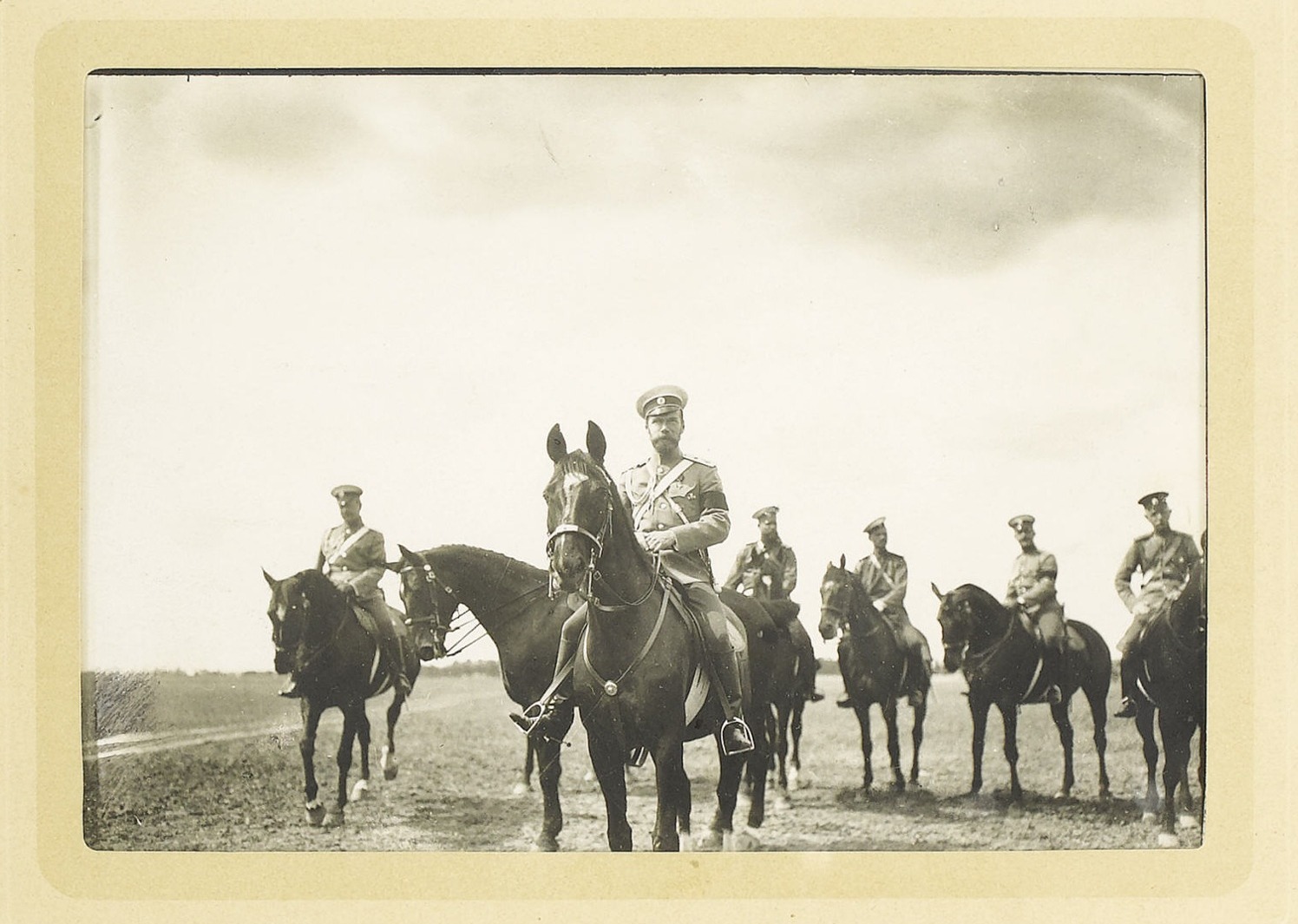
By Jim O’Neal
On Oct. 25, 1917, U.S. journalist John Reed was staying at the Hotel Astoria in Petrograd – the former grand city of the czars, Saint Petersburg. At 10 a.m., he awoke to bells ringing and trucks racing up and down the streets.
The trucks belonged to the Bolsheviks, a small left-wing revolutionary party headed by Vladimir Lenin. They were filled with soldiers who plastered up proclamations stating, “To the Citizens of Russia! The provisional government has been deposed. State power has passed to the Petrograd Soviet of Workers’ and Soldiers’ Deputies … Long live the revolution of workers, soldiers and peasants.”
Actually, the provisional government of Alexander Kerensky had not been deposed, but an ever-impatient Lenin was partially right: That morning in Petrograd would change the face of a century – as the revolution “that shook the world” had begun.
The events of the next 10 days set in motion a seismic upheaval of an entire country and resulted in a massive communist empire. It should have been no surprise as the country had been ruled by omnipotent czars and governed by a corrupt and crumbling bureaucracy.
The bloodletting of WWI became the catalyst for the Russian Revolution as Tsar Nicholas II vainly tried to regain the prestige lost in the Russo-Japanese War of 1904-05 and to reunite the people. It backfired and by the winter of 1917, Russia had millions of soldiers as casualties, prisoners of war and deserters.
Deserters returned home and began seizing land from the wealthy. Food shortages were rampant, workers began to riot, and soldiers – instead of shooting them – joined them by tying red ribbons to their bayonets.
Tsar Nicholas was forced to abdicate in March 1917, ending the 300-year rule of the Romanov dynasty. He and his entire family were exiled and then executed. A moderate provisional government was set up with a Constitutional Assembly and led by the 36-year-old Kerensky.
However, Kerensky launched an offensive against Germany with disastrous results. Rebellious troops commandeered trains to return home and began murdering landlords and pillaging the great estates. Factories ground to a halt and food shortages quickly spread everywhere.
Kerensky was unable to regain control and this gave the two men who would end up leading the 1917 revolution, Lenin and Leon Trotsky, the opening they needed. Both had been in exile for years in Siberia and Europe.
Kerensky wisely fled to avoid capture.
John Reed’s book Ten Days That Shook The World describes the events in great detail, but even he was an extraordinarily controversial figure who ended up charged with treason, fleeing the United States back to Russia, where he died of typhus in 1920.
He became one of those rare Americans who is buried in the Kremlin.
 Intelligent Collector blogger JIM O’NEAL is an avid collector and history buff. He is President and CEO of Frito-Lay International [retired] and earlier served as Chairman and CEO of PepsiCo Restaurants International [KFC Pizza Hut and Taco Bell].
Intelligent Collector blogger JIM O’NEAL is an avid collector and history buff. He is President and CEO of Frito-Lay International [retired] and earlier served as Chairman and CEO of PepsiCo Restaurants International [KFC Pizza Hut and Taco Bell].
